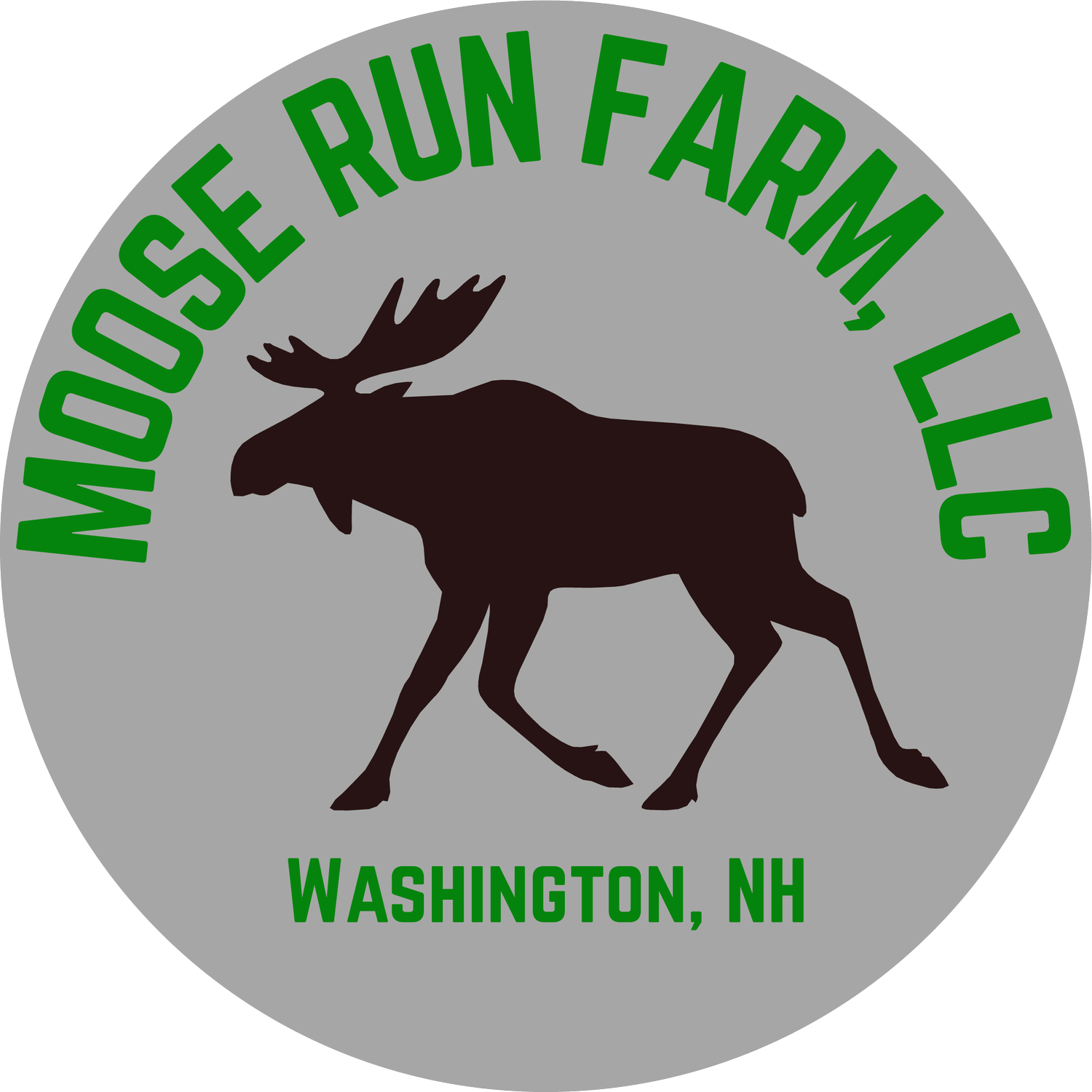First Cut of Hay is DONE for 2025!
While the weather was very challenging, and we had some setbacks along the way, we are thankful that we were able to put up almost 30 bales.
As I write this, I remember a conversation I had with Sandy one cold winter night in February as we discussed the upcoming growing season. I had mentioned that I really hoped after an unusually wet year in 2023, and an abnormally dry summer in 2024, that perhaps 2025 would be “average, just so that we can get used to making hay with average precipitation and predictable temperatures and weather patterns!”
Well, that was a nice thought to have, but it did not end up being the reality!
We have had the 3rd wettest spring on record here in New Hampshire, as was mentioned in the previous blog post. It has also been much cooler than average through June, although temperatures seem to be moderating closer to seasonal norms now that we have entered July and the summer solstice.
The combination of the routinely overcast skies, saturated soils and cool damp days made for a very challenging start to the haying season.
Ultimately we were not able to make as many dry hay bales as we intended, and we also were not able to access every area of the fields for haying due to soft ground and wet conditions. Some of our fields ended up being mowed down with the flail mower, which is much lighter and gentler on the ground than haying equipment is. Flail mowing the sections we were not able to get to haying allows for a return of that organic matter into the soil for breakdown by worms and microorganisms, as well as a reset of the forage growth – and it keep any undesired weeds from going to seed! It’s the best way to set us up for an easier Second Cut, Lord willing!
While First cut hay was definitely a challenge for us, there is a list of things we are very thankful for:
We are really thankful for the lessons we learned during our first hay cut.
We are very happy we have the capability of making silage bales, because without that ability to wrap wetter hay, we would not have been able to put up much hay at all.
Other than some issues with our wrapper on the first day, we had no major equipment failures or damage!
We are grateful for any opportunity we have to work with our hands and be dependent on factors we cannot control, as it keeps us very humble!
Looking forward at the Long Range forecasts for New England, what can we expect as we move into July and summer starts?
According to the Farmer’s Almanac, meteorologists are “projecting hot temperatures and average precipitation in New Hampshire this summer”. Will this end up being true? Only time will tell! It would be a welcomed change before we try to get out on the fields again later in the season. Until then, we will take each day as it comes!
